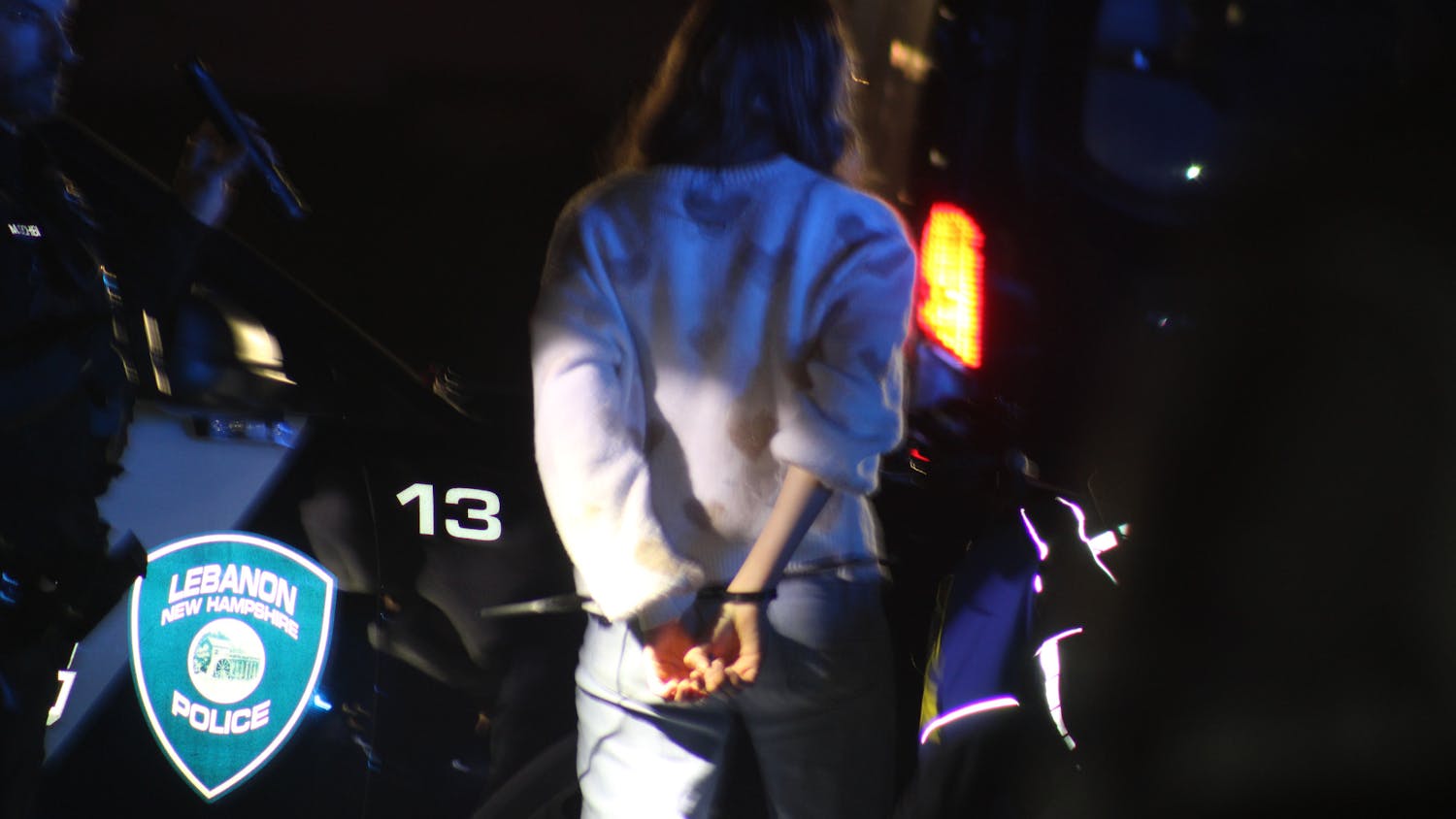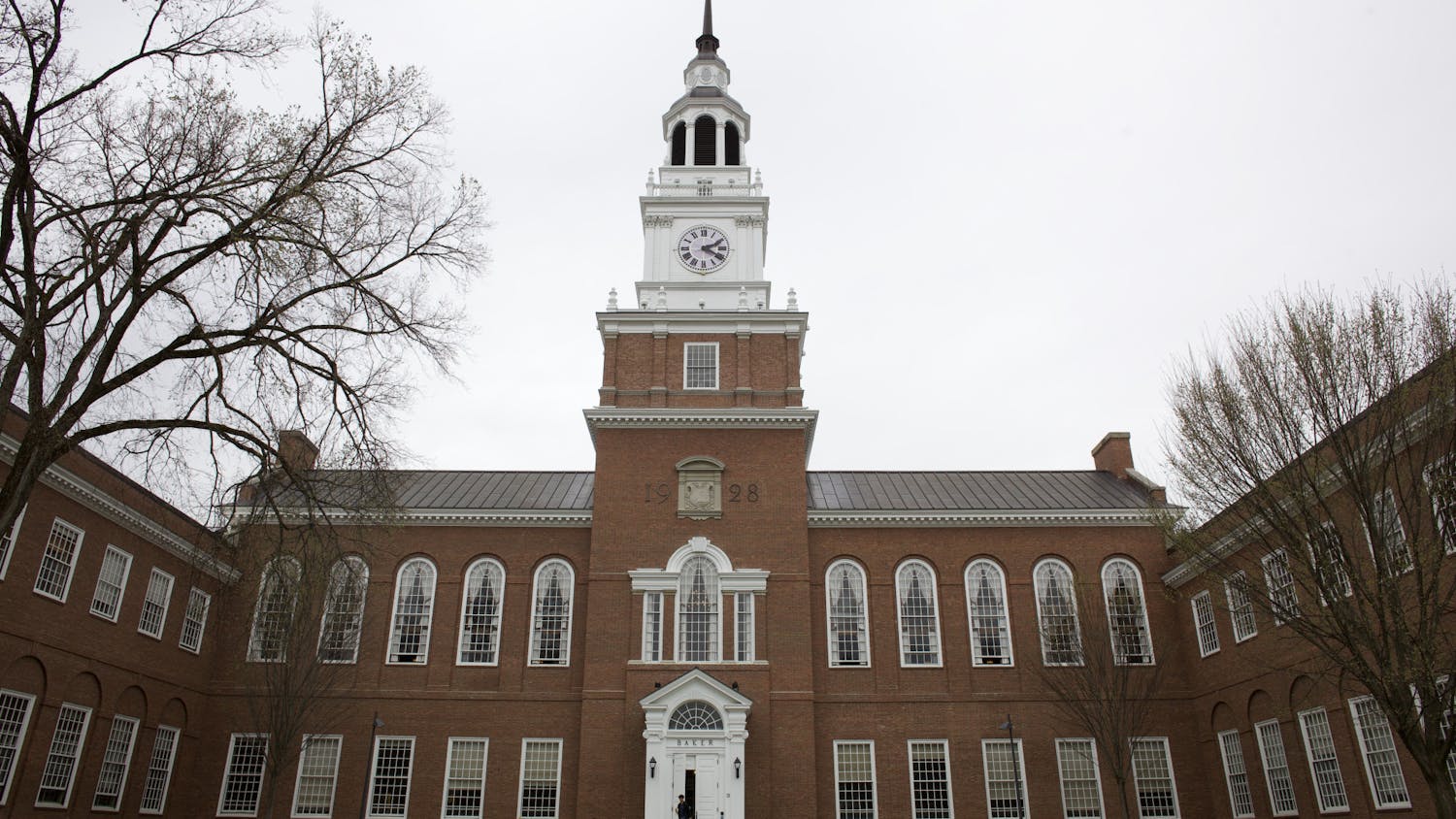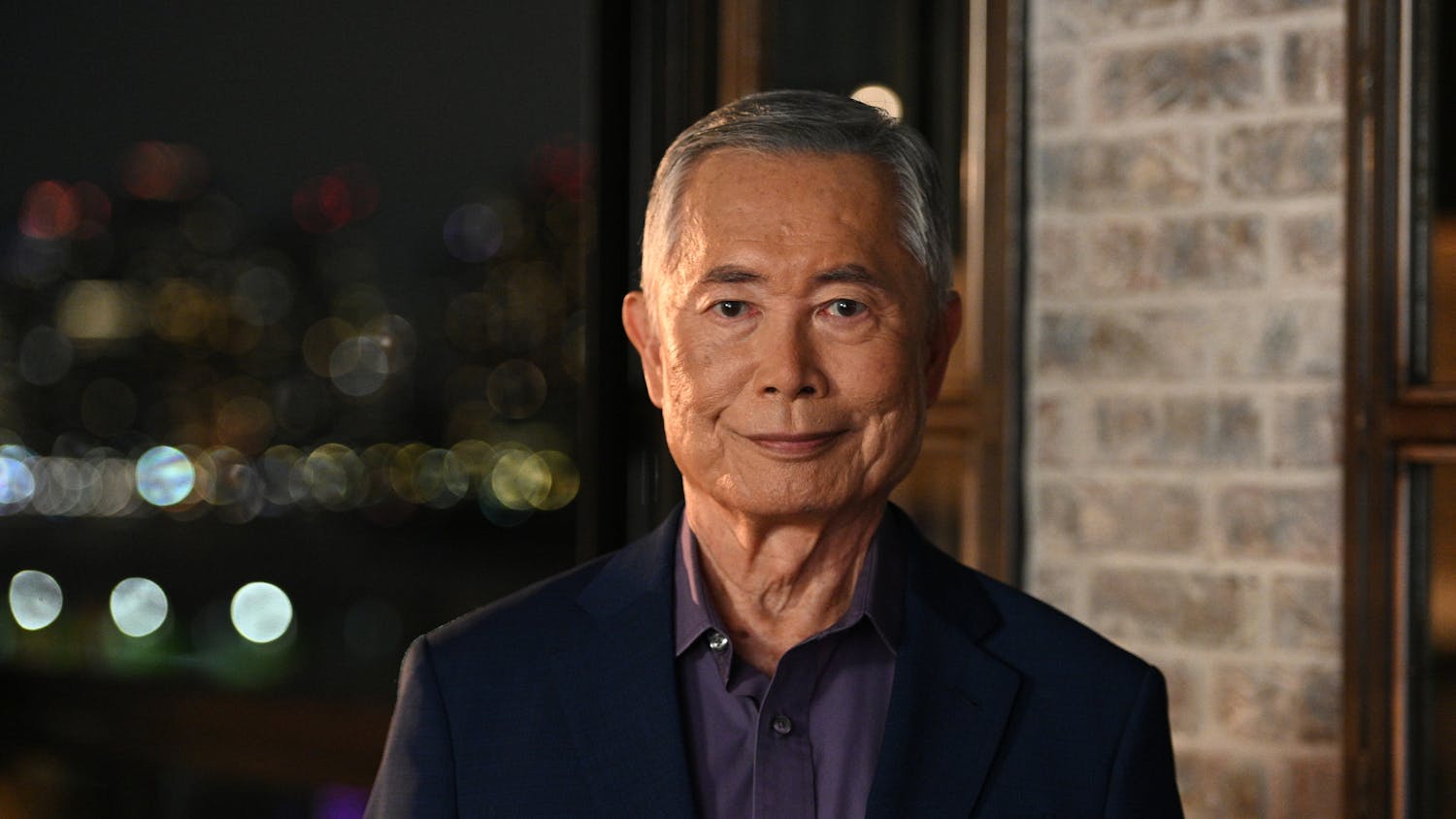Nine Dartmouth students, both Native and non-Native, sit clustered together, eagerly discussing and learning about federal Indian law in their Native American studies class. Their professor, Bruce Duthu, explains the historical framework, sources and limits of such laws and touches upon their influence on everything from economic development to Indian child welfare.
Duthu and the students, however, are not sitting in Kemeny or Dartmouth Hall. In fact, they are not even in Hanover. Instead, they are in a classroom at the Institute of American Indian Arts, located in Santa Fe, New Mexico.
The Institute is the site of the Native American studies program’s new domestic study program, spearheaded and directed by Duthu. This is the first off-campus opportunity for the program, Native American studies professor Melanie Taylor, who helped to develop the program, said.
“It’s been in planning stages for a couple years,” Taylor said. “We’re excited that it’s come to fruition, because it’s a really unique program and one students seem excited about.”
Taylor said that students are privileged to witness and immerse themselves in such a vibrant culture from an interdisciplinary perspective.
“It’s a great opportunity to have a firsthand experience in a really rich territory within Indian country for arts, politics, culture, history, even a legal landscape,” Taylor said.
Students study and live in the dorms at the Institute. Duthu said such a diverse experience could not be reproduced in Hanover.
“The kind of engagement where students are getting to ask questions and get responses from tribal leaders about various policy initiatives, or issues on the ground, or underlying pros and cons of different tribal legal actions, is incredibly rich and nuanced in ways we couldn’t replicate in Hanover,” Duthu said.
Students take three courses. Duthu teaches “Federal Indian Law,” but the second course focuses on contemporary Native American art and is taught by a professor at the host institution.
Sammie Maltais ’18, a prospective NAS major who is not currently on the program but said she may consider it in the future, said this aspect of the trip is what appeals to her the most.
“The art class they’re taking is especially cool because it’s not something you would expect from the Native American studies program,” Maltais said.
“The Native Southwest: People, Places and Stories,” the third class students take, is taught by a local academic who previously served as the New Mexico state historian.
Duthu said he is excited that students have the opportunity to learn from such knowledgeable people.
“He’s uniquely qualified to lead a class about important historical and cultural stories,” he said.
Duthu said that in addition to classes, the students often go on sponsored field trips together to enhance the material they are learning in the classroom.
“One of the things that I think is going better than I had anticipated are the field trips, both to museums and galleries and all sorts of tribal communities,” Duthu said.
He added that in addition to structured classes and activities, students often spend time exploring the local area, such as downtown Albuquerque, mountain ranges, lakes, pueblos and national sites such as the Bandelier National Monument and Kasha-Katuwe Tent Rocks National Monument.
Maltais said she has heard that because of the group’s smaller and more intimate size, it has been able to take a lot of road trips. Overall, the students on in the program have given “glowing reviews,” she said.
Duthu said another aspect of the program that students seem to particularly enjoy is meeting the students from the host Institute.
“That’s been one of the more wonderful outcomes of the program, having our students immersed in another student setting,” Duthu said. “It’s primarily an arts school, heavily creative, so it’s a very nice mixing of student bodies.”
Taylor said while developing the program, there were debates about whether it should be called a domestic study program or foreign study program. Indian tribal communities are often constituted as their own nation, Taylor said.
“The idea that this is actually going to another nation is fascinating,” Taylor said. “But under traditional notions of what constitutes a foreign study program, it didn’t technically meet requirements.”
Taylor said the domestic aspect of the foreign study program is still favorable for students, though, as they are able to compare cultures and various governments within the United States.
“It’s a really interesting meeting ground between the domestic and the foreign study program in a unique way,” Taylor said.
Taylor said she is unsure if any future off-campus programs sponsored by the NAS program are in the works, but is thrilled about the success of the one in New Mexico. She said that the next time it is conducted, faculty members will likely argue over who will get to lead it.
Maltais expressed a similar sentiment regarding the popularity of the program with NAS majors.
“Most NAS majors would absolutely consider it, because there are no other NAS classes that you can take in a predominantly Native community,” Malthais said.



